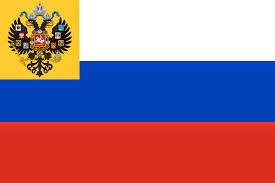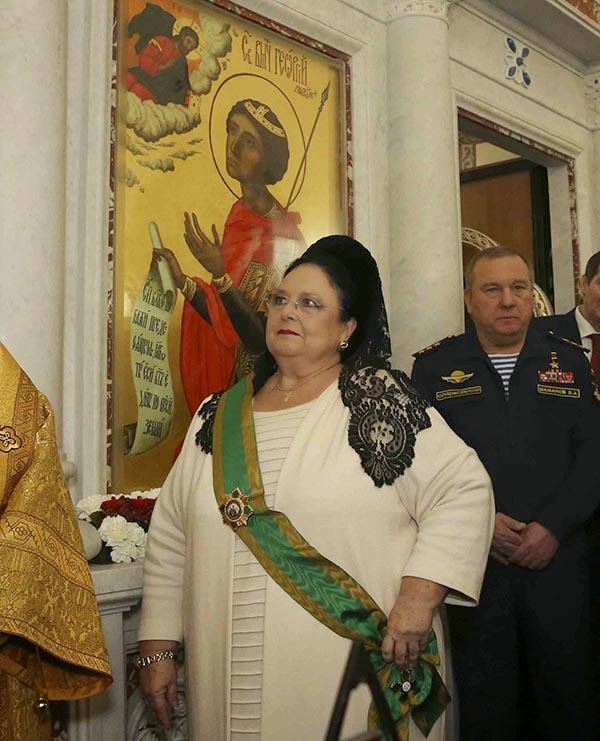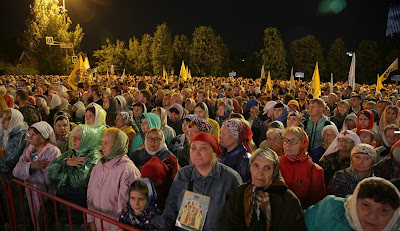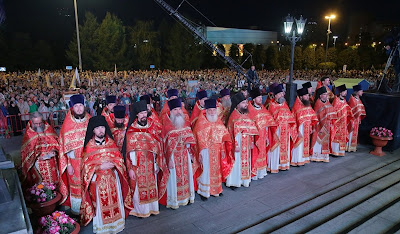The director and screenwriter of the film “The Last Secret of General Kappel”, one of the participants in the expedition to find the body of General Kappel, Andrei Kirisenko, in an interview with Polit.Ru portal, very emotionally commented on the decision of the representatives of the Ministry of Defense to dismantle the plaque installed in honor of the general near the checkpoint of the Interspecific Regional Training Center for Communications in Simbirsk:
“Someone may ask: why all this? Why is someone so dear to the memory of this white general? Kappel was not only a brilliant leader of the White movement, he was one of the noblest and most valiant leaders of his time. Even the Reds treated him with great respect. Therefore, I believe that the memory of the general is important for all who cherish the history of our Fatherland.
<...> Against the background of other leaders of the White movement, Vladimir Kappel was distinguished by exceptional nobility and humanity. He always released prisoners, because he considered it extremely important that prisoners tell that the whites are not some animals. In addition, Kappel was also an excellent military leader who skillfully and successfully led military operations; he was very much loved in the army.
General Kappel led the White’s retreat, which went down in history as the Great Siberian ice campaign, it was a truly heroic story. He fell into the hole, but even after that he refused to get off the horse because he knew that his duty was to inspire the army. As a result, he froze his legs, and the foot of one leg and the fingers of the other were amputated with a kitchen knife. The general began pneumonia, but even after that he refused the offer of Czechoslovakians to evacuate from Russia by rail in a warm carriage. For him, it was a choice between life and death, and he chose death, but remained with his army.
Kappel was buried in Chita, and when the whites retreated to Harbin, the officers and lower ranks carried the coffin with his body in his hands, in order to express his respect to this outstanding man.
I believed that the perpetuation of the memory of General Kappel is extremely important for the historical memory of our people. And so I found out that on the Officer’s Day, our Russian military (my language doesn’t dare to call them Russian) dismantled the memorial plaque because it “caused an ambiguous reaction in society”.
At first, I was outraged, because what happened was disgusting and ugly, but then I calmed down and thought - whatever happens. Let Ulyanovsk forever remain Ulyanovsk and never return its historical name - Simbirsk. And Lenin Square will forever remain Lenin Square and will never again become Cathedral. And may there never be a General Kappel memorial plaque in this city, since nobody needs the memory of this amazing outstanding person there.
The civil war did not end; we are still divided into white and red. Ulyanovsk was occupied by the Reds. They are disgusted by General Kappel and any reminders of him, despite the fact that he was an outstanding, noble, amazing, and just a good person.
Apparently, such examples of nobility and fidelity to military duty today are pricked by many. Even the memory of such personalities as General Kappel is unbearable to hypocritical, vile, cowardly and deceitful people. Therefore, right now we are increasingly faced with attempts to shut up, or even completely rewrite history.
It seemed to me that the memory of General Kappel could reconcile the whites and the reds, but I was probably just an idealist. I made a film about the deeds and fate of the general and how his body was regained in a completely miraculous way. The film is called "The Last Secret of General Kappel", it can be watched on YouTube. ": «Последняя тайна генерала Каппеля»









































































